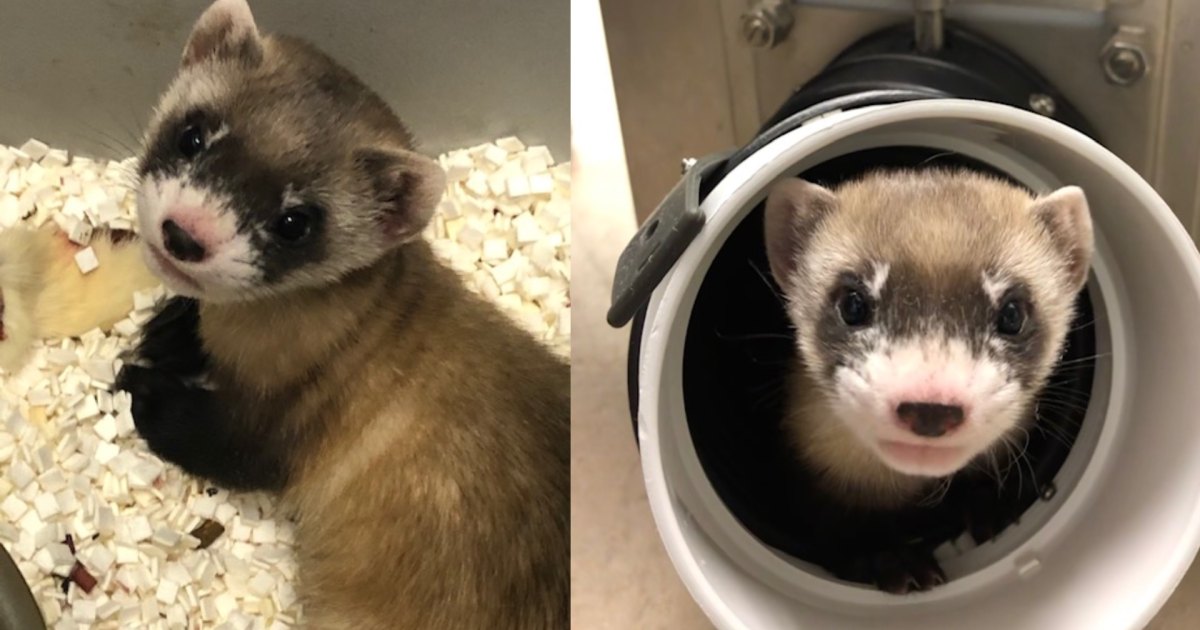No products in the cart.
Fitness Tips
Scientists Clone First Endangered Species
The U.S. Fish and Wildlife Service just announced the birth of a black-footed ferret named Elizabeth Anne. If your first thought was whoop-de-do, bear with us. This is the world’s first cloned black-footed ferret, one of the most endangered mammals in North America.
Black-footed ferrets were thought to be extinct until a single colony was discovered in 1981. A breeding program was started from that colony, and now thousands are roaming the wild. Elizabeth Ann, who’s the genetic copy of a wild ferret that died in 1988, can help increase the black-footed ferret gene pool and create a more biodiverse population that’s resistant to disease.
For Revive & Restore, a biotechnology nonprofit that partnered with the USFWS, Elizabeth Anne wasn’t just a successful science experiment. She’s part of a greater movement toward “de-extinction.” The company believes advances in biotechnology will make it possible to bring back extinct species, or at the very least introduce proxy species that include traits of extinct animals.
Revive & Restore is currently working with the Woolly Mammoth Revival Team at Harvard to identify the genes that enabled mammoths to live in extreme cold, and is transferring those genes into the DNA of Asian elephants. While this work is being done solely in labs at this point, it infers the possibility for future elephants to harbor woolly mammoth genes, making them more robust. There’s even a place for them to go when they arrive: Pleistocene Park in northeastern Siberia was founded by a Russian ecologist who’s trying to turn tundra into grasslands—and and he needs mammoths to keep down the trees.
While the birth of a single ferret might not directly lead to herds of woolly elephants stomping across sweeping Russian grasslands, some scientists believe it’s a step in the right direction and a chance to bring back what the world has lost.
For access to exclusive gear videos, celebrity interviews, and more, subscribe on YouTube!
Source link

